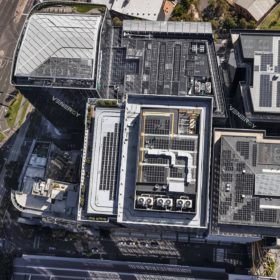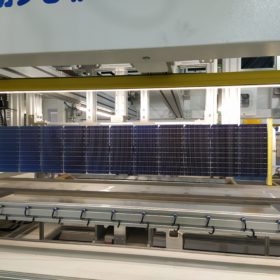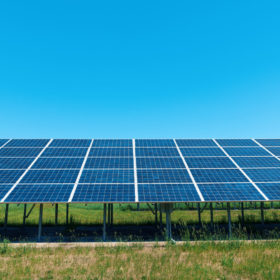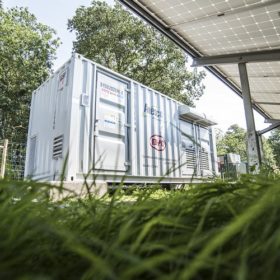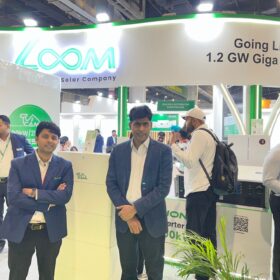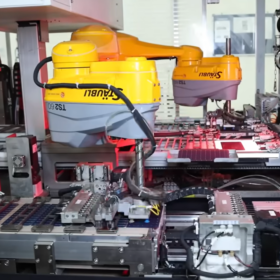The long read: Sky-scraping solar
As people have gradually migrated to the world’s cities, urban areas have migrated upward to scrape the sky. And yet, while one of the first principles of power generation is to generate as close as possible to the point of consumption, energy systems have long been designed to deliver electricity to major cities from distant hubs. But now, thanks to recent advances in solar panel energy density and building-integrated PV, vertical cities could soon be standing tall under their own power.
Adani Solar expands PV panel retail distribution to Tamil Nadu
The solar manufacturer, with a 3.5GW cell and module production capacity, has expanded its retail sales footprint to Tamil Nadu with Festa Solar as the official distribution partner for the region.
Bangladeshi fabrics maker invests in 100 MW solar plant
The solar park will sell power to the Bangladesh Power Development Board at a price of $0.1195/kWh under a 20-year power purchase agreement.
UK government warns of global warming risks related to hydrogen leaks
The UK Department for Business, Energy and Industrial Strategy has published new research showing that hydrogen leaks could have an indirect climate-warming impact, partly offsetting efforts to reduce carbon dioxide emissions.
APAC to lead global battery storage market, clock 68% share by 2026
The global battery energy storage market will grow to $10.84 billion in 2026, with around two-thirds of the demand concentrated in the Asia Pacific region.
India’s utility-scale PV capacity hit 41.7GW in December
India installed 41.7GW of cumulative utility-scale solar capacity as of Dec. 31, 2021. It has another 44.6GW in the pipeline.
China and Hong Kong are India’s biggest lithium battery suppliers
The two nations together supply 96% of India’s lithium-ion cell and battery imports and almost 70% of non-rechargeable lithium products.
Sungrow ramps up Indian solar inverter factory to 10GW/annum
The Chinese solar inverter manufacturer, which established its factory in India in 2018, has expanded the India fab capacity to 10GW/annum to serve different customer segments, including residential, commercial & industrial, and utility-scale—both locally and globally.
India’s solar cell imports rise as domestic module production expands
India imported solar cells worth more than $633 million from April to the end of last year, a figure higher than the value imported during the whole of the 2020-21 fiscal year.
The log read: The changing geopolitics of green hydrogen
With 90% of world economies committed to net zero targets, the disruptive nature of the energy transition is becoming clear. Climate targets require us to triple renewable energy capacity by 2030, phase out coal by 2040, end fossil fuel subsidies, and ensure support for a just transition. While hydrogen is sure to be a key technology in this energy transition, the exact role it will play is not yet clear, reports Felicia Jackson.
